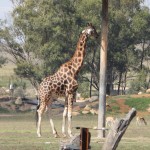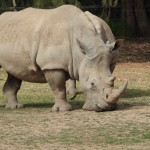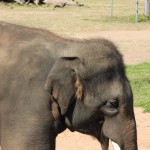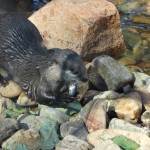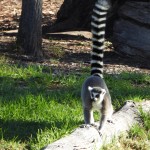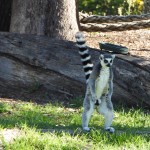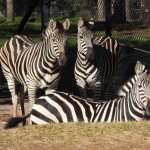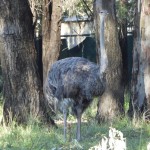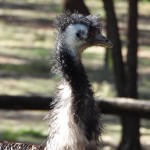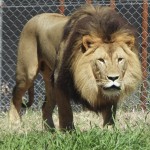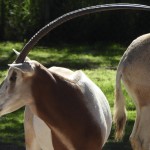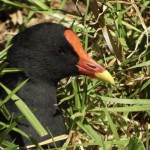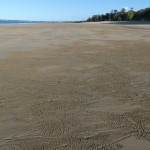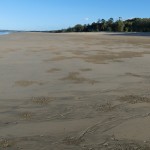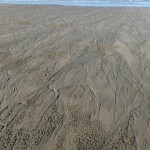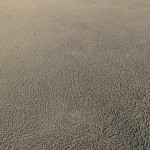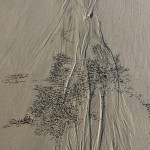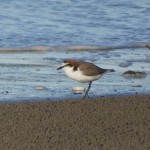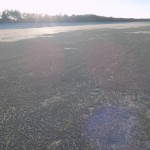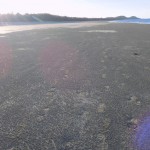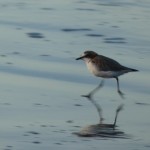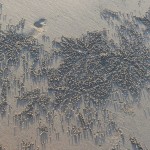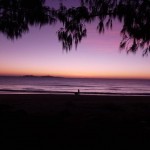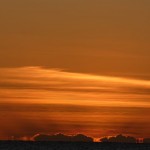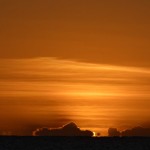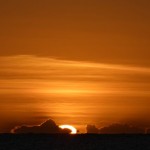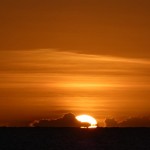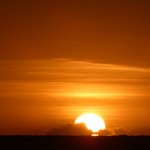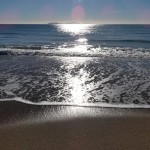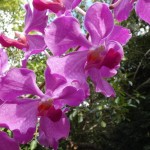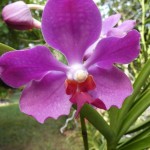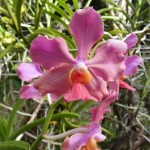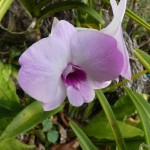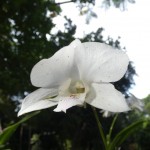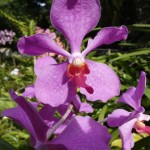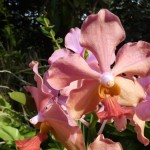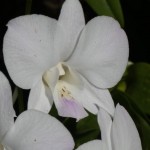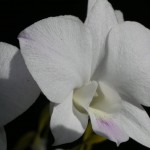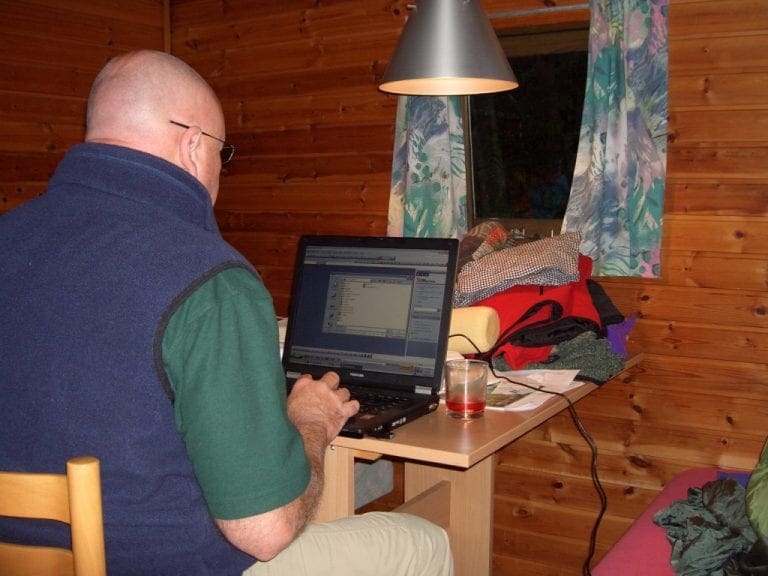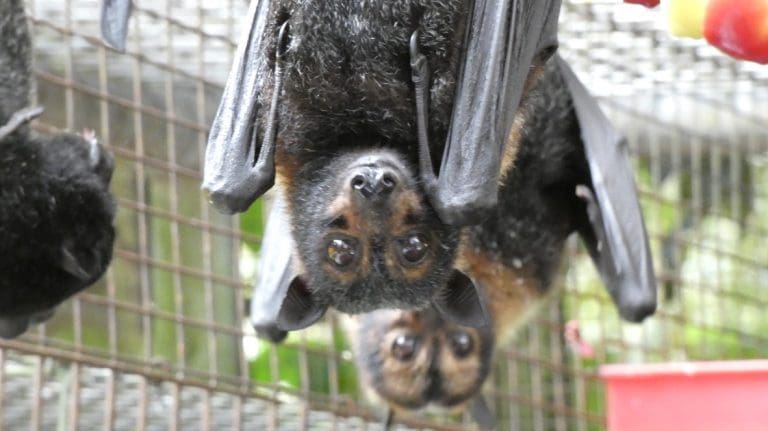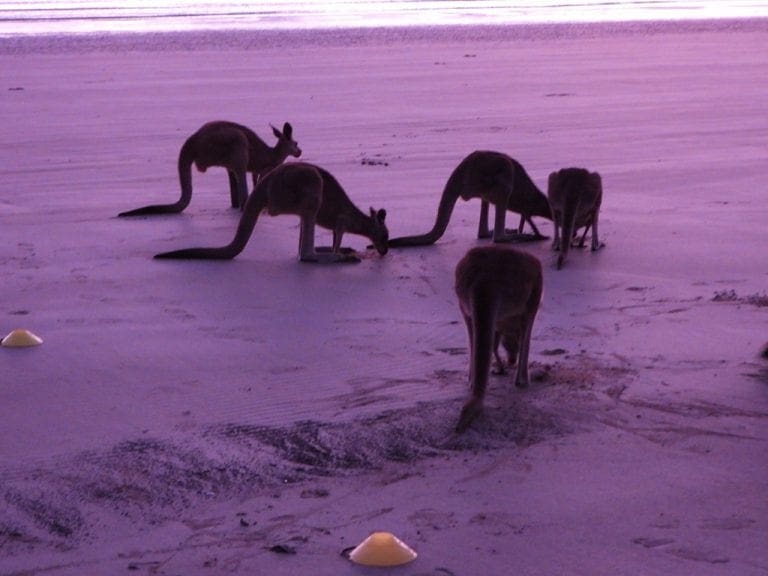Queensland Road Trip 2021 – part 1
Saturday 17 April 2021. Day 1. We left Wagga today for a 7 week road trip into Queensland. We have not had the van out for a couple of years what with COVIDs and operations etc. To get ready and to prove we can still do it and like it, we tried a few days before Easter to Tumbarumba and Batlow. It worked. After a lot of planning, lists and discussion, we got away today and drove 400 km to Dubbo. The Discover Van Park at Dubbo is full of school kids. Most will head home tomorrow.
Sunday 18 April 2021. Day 2. A day at Dubbo Zoo. We walked and did 6 km over 6 hours of looking at and photographing animals and chasing ‘Keeper Talks’. We got to roughly the half way point (2.5 km) for lunch which was enough. Quite a lot of people, though COVID restrictions will be keep numbers down. Almost no one else walking. Tired but happy.
Dubbo Zoo Photos and Videos
Monday 19 April 2021. Day 3. Another morning at Dubbo Zoo. Lined up to enter when gates open at 9am. Our plan was to use our time at the zoo for our daily walk. We walked fairly quickly past exhibits we had seen yesterday until we could branch off to the Siamangs (who put on an excellent display for us – theirs is a very loud call). From there we found a path that let us cut out the ‘Waterhole’ part of the circuit to the lions, Oz animals and back to the start for a sit and watch spider monkeys again. About 5 km in 2½ hours. Lunch in Dubbo using Gladys Covid vouchers.
Tuesday 20 April 2021. Day 4. Drove 378km to Bourke. Refueled at Nyngan. The road from Nyngan to Bourke is completely straight following the rail line which was built completely straight as an engineering accomplishment – he wanted to build a completely straight railway . The three tiny towns along the way (Girilambone, Coolabah, Byrock) are now even more run down though tidied up and with the collapsed buildings cleared away. Bourke looks to be flourishing. More new houses and not as shuttered and boarded-up as last trip. We are at Kidman’s Camp about 7 km north of the town – a nice quiet park, we liked it last time & it is still good. Not busy yet.
Thursday 22 April 2021. Day 6. Drove 470km to Charleville. Our longest drive for the trip and a long way for us. We broke the driving into 6 stints of about 80km each. Very hard to find anywhere to pull over to change drivers. We are at Cobb & Co Caravan Park – where we stayed on the previous two trips. Quite a few more vans than in previous years. Travellers are out early to get away anywhere.
I always think that Charleville and Bourke have had quintessential Australian-European histories for these outback towns. Both were major sheep growing areas. The difficulty was getting the wool clip out. In Bourke, they have the (unreliable) Darling River to take paddle steamers crammed with wool bales down to the Murray and out. (At times there was talk of the Darling being the Mississippi ofAustralia.) Sydney hated the idea of NSW wool being exported through Adelaide (and NSW losing that taxation) and so built a railway that took huge quantities of wool bales out. Charleville got its rail line for the same reason. Huge booming towns. Before railways, transport for people and goods was difficult – no roads and no transport except horses and bullock/horse drawn drays and camels carrying wool bales. Enter Cobb & Co for people and postal transport. Successful because it reliably kept to a timetable. Both Bourke and Charleville were major hubs – each had a Cobb & Co coach factory. When rail arrived, Cobb & Co’s main (profitable) routes were wiped out and it was left with a diminishing ‘courier/taxi’ service from railway stations. All that completely collapsed with arrival of motor transport as did the wool income collapse when the wool price dropped – especially after poly-fleeces replaced wool clothing and doonas replaced blankets. Other than wool carpets, I’m a bit stuck for industrial use of wool. (A Cunnamulla local was complaining to us one day about no one buying wool anymore while herself wearing a poly-fleece top.) Charleville and Bourke now look to be dragging themselves out of a long decline. Charleville has many empty abandoned? houses. Both towns now rely very heavily on tourist traffic. Both are working very hard to find more ‘unique’ things for tourists to spend another day in their town. Apart from sheep and cattle for meat, council and road work, it is difficult to see what other industry/employment is here. Bourke has a new meat works.
Friday 23 April 2021. Day 7. A walk along the levee around Charleville this morning – just short of 5km. The plan crumbled a bit where the levee path is blocked with private properties so we walked in the river bed. Very little bird life. Three events for us at the Cosmos Centre (our third visit here over the years). We signed up for the ‘Beginning of Earth’ video which has excellent visuals but the narration was disappointing – whispered and words trailed off at the end of sentences. Next was the ’Sun’ viewing. Yes we got to look at the sun through a special telescope that protected our eyes. A couple of sun spots and a solar flare. Back at night for the ’Night Big Sky’ – looked at several stars and clusters of stars over an hour.
Saturday 24 April 2021. Day 8. Charleville Bilby Experience at 9am. You certainly have to book – many people turned away because of COVID restrictions. A short presentation about the ‘save the Bilby’ program, building of a fence enclosing 25 sq km to protect the few remaining Queensland Bilbies from predators (cat & foxes). There are very few bilbies left in Australia. Once common over all the arid land. Now, just a few patches left. After the talk, into a dark room with red-lighting to see 3 female bilbies. ‘Save The Bilby’ has done well with fundraising.
Sunday 25 April 2021. Day 9. Drove 303 km to Blackall – made famous by Jackie Howe (very fast sheep shearer and singlet wearer – (321 sheep at Alice Downs station in 7 hours and 40 minutes) and for giving the ALP its first constitution (in 1890) – although Barcaldine claims its formation in 1891 to organise shearers in the shearers strike of 1891. Blackall was another sheep town and like Tambo (just to its south) has an artesian town water supply. Its smell is a little ‘rotten egg’. Blackall had a wool scour that used hot artesian water.
Monday 26 April 2021. Day 10. A Public Holiday in Qld for ANZAC Day. Drove 214 km to Longreach. We have seldom seen this country look so good – a good cover of grass and many creeks with a trickle of water. At Balcaldine (birthplace of Labor), we had a short break (along with the rest of Queensland it appeared) at the only coffee shop and IGA open today. A huge line up, with vans parked up and down the road. At Ilfracombe, the line of of old machinery along the road has steadily increased. At Longreach, we are in the Longreach Tourist Park which has expanded even more since we were here last. They now have sites for 306 vans. By request, we are in the ‘old’ original part where the sites are small and big vans packed in tight. Supermoon tonight.
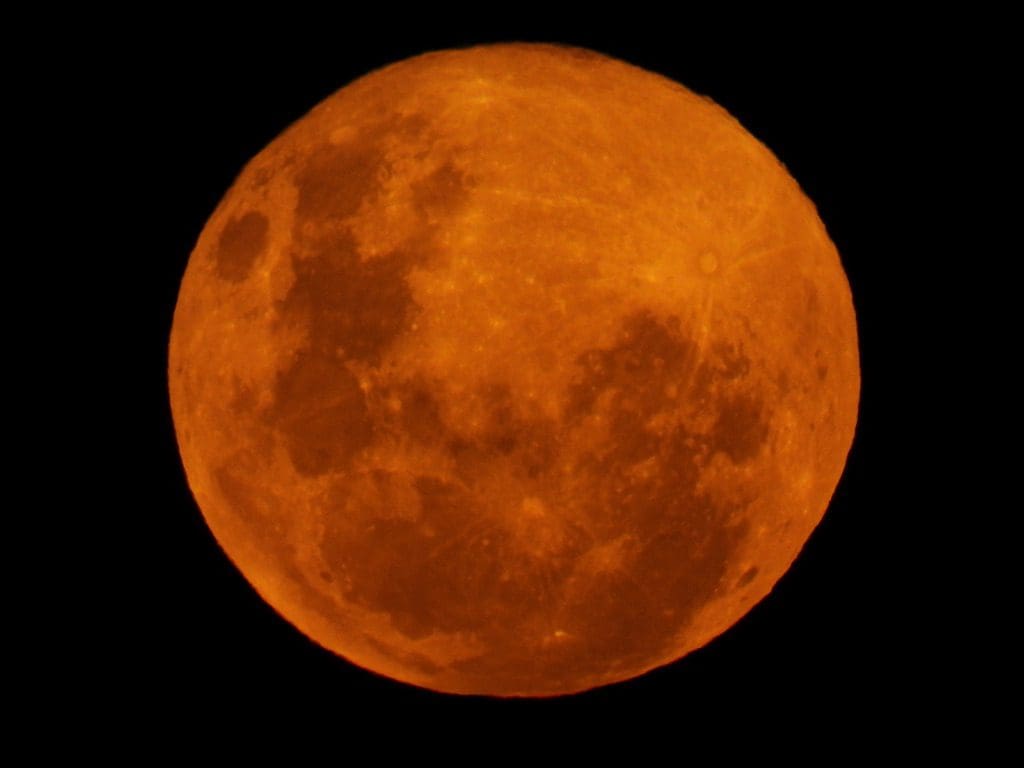
Tuesday 27 April 2021. Day 11. A morning at the Australian Stockman’s Hall of Fame. We had booked into the 8am Stockman’s Experience that consisted of – a 20min movie about establishing the outback cattle and sheep industries; a wander though the revamped museum (with a good audio guide that we could work ad hear); and the Outback show (a display of stock horses, working dogs and a bit of singing) – pretty good. It is the third or fourth time we’ve been here for these. The revamped museum is a lot more streamlined and modern – much less cluttered. I found that I was a little disappointed with the new layout. I have quite a low tolerance in museums – when they are interesting I can keep my focus for 1-2 hours. When they are not interesting, I’m switched off fairly quickly. This means that my interest needs to be grabbed early. Stockmans has a lot of boring stuff at the beginning and then it was difficult to see how all the sections related to each other – and why I should push the button on the iPad to listen to any of the items, and how any of them would interest me. More to do.
Wednesday 28 April 2021. Day 12. A morning at Qantas Founders Museum. We did the Air Park Tour. We clambered up stairs, through and down stairs of 747, 707, super Constellation and looked at a DC3. A very good guide. Then a look through the museum. I think the museum is very well done. Most done with stories and anecdotes. Much of the history of how Qantas got going and it early problems. It did appear to be very repetitious telling different anecdotes about the same people. Almost.
Friday 30 April 2021. Day 14. A long 460km drive from Longreach to Capella (just north of Emerald).
Saturday 1 May 2021. Day 15. A 330 km drive from Capella to Blacks Beach in Mackay. We had a bit of a treat along the way when we were the first car following a huge new looking mine truck being taken along the road to a mine. It was wide enough to take up all the road width plus some. It was very closely followed by a support vehicle that ducked from side to side like a cattle dog. Cars coming the other way were forced into the ditch off the road verge. We finally got past about 30km later. We are here at Blacks Beach for 5 nights. Our van site is just a few metres to the beach and we have a consistent though gentle breeze blowing all day and night.
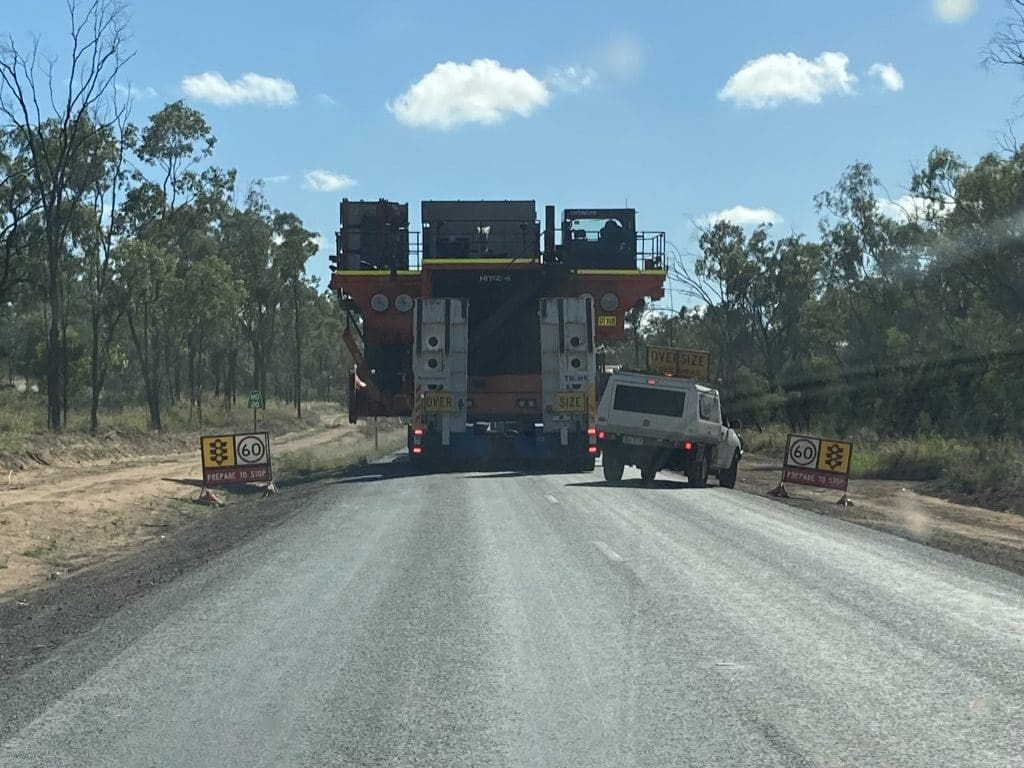
Monday 3 May 2021. Day 17. A 4 km walk along the beach. Blacks Beach is long and flat with firmly packed sand. We are having 5m high tides down to 1m at low tide. This gives a considerable distance of flat sand out to the water. Very flat surf. For me, it is a delight to walk bare foot along the beach. Until my knee replacements, I have always had to wear shoes with correcting orthotics. However, we may have overdone it. I have a huge broken blister under my left foot. Shoes tomorrow.
Over the next few days, we walked the beach each day for 4 km, the full tide a little later each day. There is a 5.2m tide here, one of the tallest in Australia. This van park at Blacks Beach is very good – shady sites and a nice sea/land breeze to keep us cool, fairly large sites and quite a few people who would talk to us.
Coal jobs and politics. Driving from Clermont to Mackay, we were a bit surprised at the number of new mines and mining villages (with 2 storey donger accommodation) along that much improved road. Mackay has grown to 140,000 people – most of the new growth would come from the mines and support services for people working in the mines. Pay packets at the mines are substantial. Guessing $750-$1,000 per day for a 200 day year which gives a huge spending power and lifestyle for the town – think expensive utes, big boats, second holiday homes. Mainly for blue-collar jobs – $200,000 a year for driving a truck. As we would see at Seaforth (huge boats parked in the mangroves) and later at Yeppoon. We saw in the last federal election that these electorates will severely punish any party that might take their toys away.
Thursday 6 May 2021. Day 20. A 202km drive to Bowen. We are at the Horseshoe Bay Resort Caravan Park.
Blacks Beach, Mackay and Horseshoe Bay, Bowen Photos
Friday 7 May 2021. Day 21. Began with a very pleasant 5km walk along a concrete path that followed the coast. (The beach is very ordinary to walk along.) Roast for lunch. Sat around and read for most of the day. Bought some shade cloth and made a screen to hang from the western side of our gazebo – it worked. At night, Queensland Opera was in Bowen as part of its outback tour ‘Country Music meets Opera’. Very enjoyable, three singers – good voices, very good mic and speaker setup. Quite a good turn out at Bowen’s soundshell.
At Bowen, we walked 5km along the concrete path that follows the beaches – 2.5km each way each day. We also did a few hand-weight exercises on two days. We did not enjoy Bowen. We were in a sunny spot with poor, unreliable sea breeze and were just too hot from 1-4pm. Mornings were ok. But afternoons not so good. Very glad to leave.


